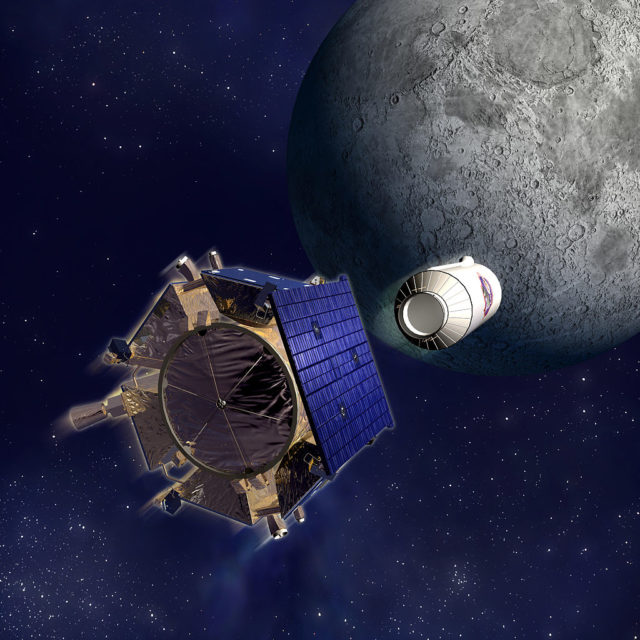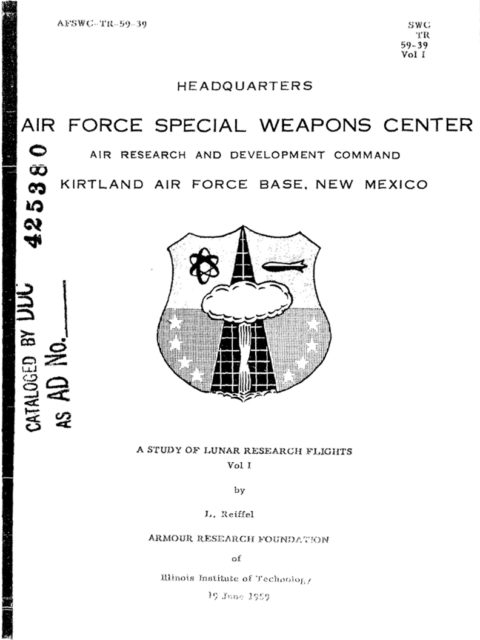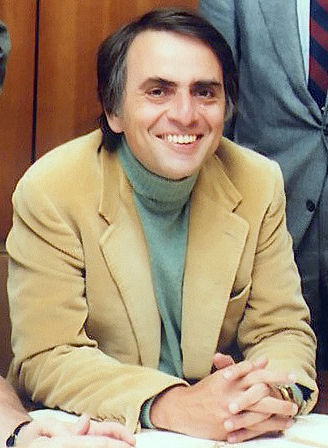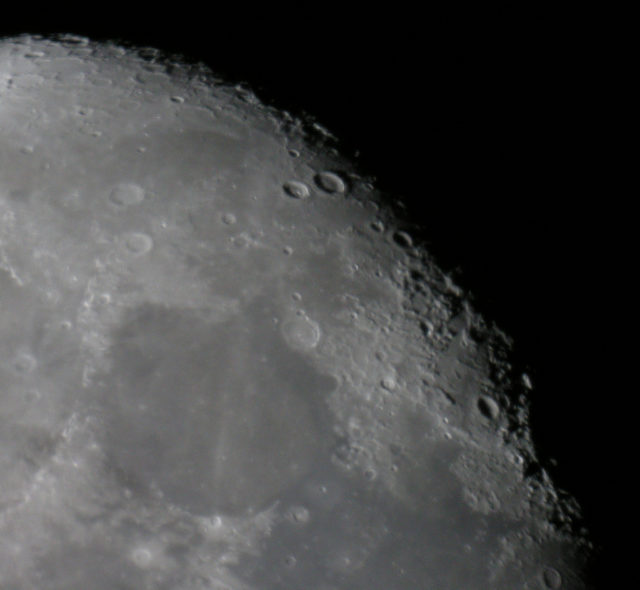Project A119, also known as “A Study of Lunar Research Flights”, was a top-secret plan developed in 1958 by the United States Air Force. The aim of the project was to detonate a nuclear bomb on the Moon which would help in answering some of the mysteries in planetary astronomy and astrogeology. Had the explosive device not detonated inside a lunar crater, the flash of explosive light would have been faintly visible to people on earth with their naked eye, a show of force resulting in a possible boosting of domestic morale in the capabilities of the United States, a boost that was needed after the Soviet Union took an early lead in the Space Race and also began working on a similar project.

During the Cold War, the Soviet Union took the lead in the Space Race with the launch of Sputnik 1 on October 4, 1957. Sputnik was the first artificial satellite in orbit around the Earth, and the surprise of its successful launch, compounded by the resounding failure of Project Vanguard to launch an American satellite after two attempts, has been dubbed the “Sputnik crisis” and was the impetus for the beginning of the Space Race. Trying to reclaim lost ground, the United States embarked on a series of new projects and studies, which eventually included the launch of Explorer 1 and the creation of the Defense Advanced Research Projects Agency (DARPA) and NASA.

In 1949, the Armour Research Foundation (ARF), based at the Illinois Institute of Technology, began studying the effects of nuclear explosions on the environment. These studies would continue until 1962. In May 1958, ARF began covertly researching the potential consequences of an atomic explosion on the Moon. The main objective of the program, which ran under the auspices of the United States Air Force, which had initially proposed it, was to cause a nuclear explosion that would be visible from Earth. It was hoped that such a display would boost the morale of the American people.
At the time of the project’s conception, newspapers were reporting a rumor that the Soviet Union was planning to detonate a hydrogen bomb on the Moon. According to press reports in late 1957, an anonymous source had divulged to a United States Secret Service agent that the Soviets planned to commemorate the anniversary of the October Revolution by causing a nuclear explosion on the Moon to coincide with a lunar eclipse on November 7. News reports of the rumored launch included mention of targeting the terminator – the boundary between the light and dark sides of the Moon. Project A119 would also consider this boundary as the target for an explosion. It was also reported that a failure to hit the Moon would likely result in the missile returning to Earth.
A similar idea had been put forward by Edward Teller, the “father of the H-bomb”, who, in February 1957, proposed the detonation of atomic devices both on and some distance from the lunar surface to analyze the effects of the explosion. A ten-member team led by Leonard Reiffel was assembled at the Illinois Institute of Technology in Chicago to study the potential visibility of the explosion, benefits to science, and implications for the lunar surface. Among the members of the research team were astronomer Gerard Kuiper and his doctoral student Carl Sagan, who was responsible for the mathematical projection of the expansion of a dust cloud in space around the Moon, an essential element in determining its visibility from Earth.

Scientists initially considered using a hydrogen bomb for the project, but the United States Air Force vetoed this idea due to the weight of such a device, as it would be too heavy to be propelled by the missile which would have been used.It was then decided to use a W25 warhead, a small, lightweight warhead with a relatively low 1.7 kiloton yield. By contrast, the Little Boy bomb dropped on the Japanese city of Hiroshima in 1945 had a yield of some 13–18 kilotons. The W25 would be carried by a rocket toward the unlit side of the Moon, near the terminator, where it would detonate on impact. The dust cloud resulting from the explosion would be lit by the Sun and therefore visible from Earth. According to Reiffel, the Air Force’s progress in the development of intercontinental ballistic missiles would have made such a launch feasible by 1959.

The project was eventually canceled by the Air Force in January 1959, seemingly out of fear of a negative public reaction and the risk to the population should anything have gone wrong with the launch. Another factor, cited by project leader Leonard Reiffel, was the possible implications of the nuclear fallout for future lunar research projects and colonization.
Later reports show that a corresponding Soviet project did indeed exist, but differed from the scenario reported in the press. Started in January 1958, it was part of a series of proposals under the codename “E”. Project E-1 entailed plans to reach the Moon, while projects E-2 and E-3 involved sending a probe around the far side of the Moon to take a series of photographs of its surface. The final stage of the project, E-4, was to be a nuclear strike on the Moon as a display of force. As with the American plan, the E series of projects was canceled while still in its planning stages due to concerns regarding the safety and reliability of the launch vehicle.
